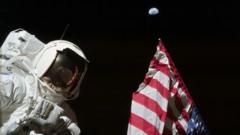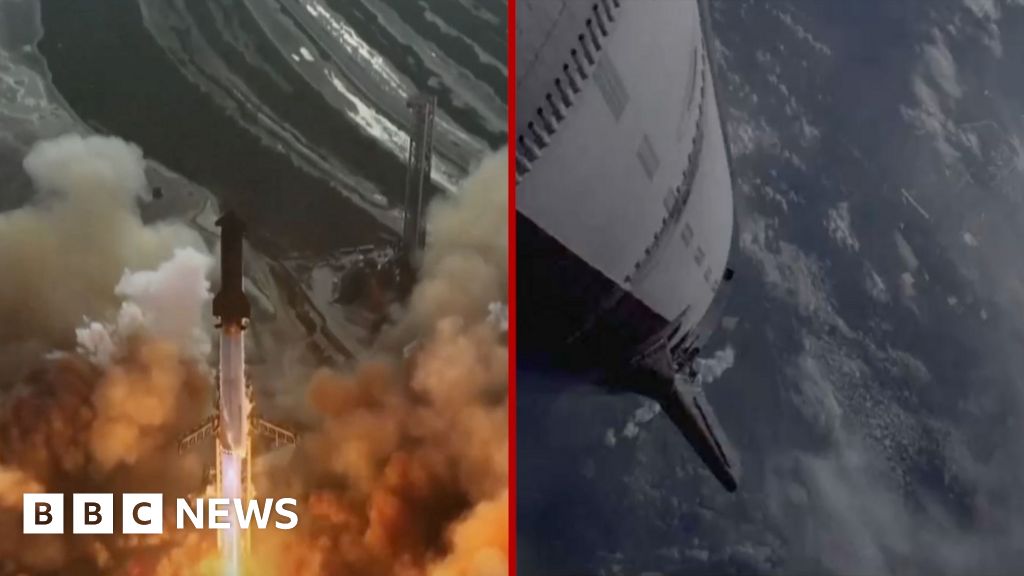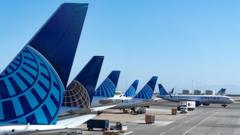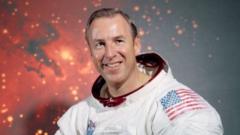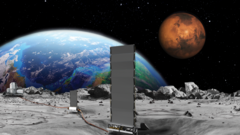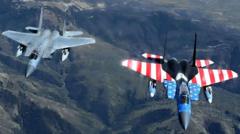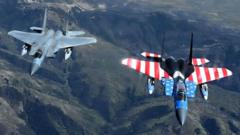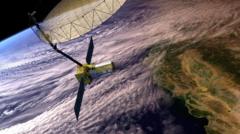The legacy of the Apollo missions lives on through the tales of six remaining astronauts who ventured to the Moon during NASA’s iconic space programs in the 1960s and 70s. Recently, the space community mourned the loss of Jim Lovell, the commander of Apollo 13, who famously navigated a troubled spacecraft back to Earth. Now, only five pioneers remain who’ve physically walked on the lunar surface.
The race to return to the Moon is gaining momentum, with NASA’s Artemis program aiming for a crewed lunar presence within this decade. Meanwhile, China has ambitious plans to land astronauts by 2030 and has already successfully deployed probes to the Moon’s far side. While private companies like SpaceX and Boeing are working on their lunar exploration technologies, setbacks have marred progress, indicating that significant challenges await any new expedition.
Among the remaining Apollo astronauts is Buzz Aldrin, who made history as the second human to set foot on the Moon during Apollo 11. Aldrin’s fierce spirit of exploration remains undiminished, advocating for future Mars missions and embracing his iconic legacy, which inspired the character Buzz Lightyear. Alongside Aldrin is Charles Duke from Apollo 16, who became the youngest person to walk on the Moon at age 36. His vivid memories of the dramatic lunar surface echo his excitement for new astronauts to follow.
Fred Haise of Apollo 13, though never having walked on the Moon, played a pivotal role in one of NASA’s most famous rescues. Post-NASA, he continued contributing to the aerospace sector. Harrison Schmitt, the first scientist to walk on the Moon during Apollo 17, later transitioned into politics, remarking on contentious scientific debates—including climate change.
Lastly, David Scott from Apollo 15 not only strolled on the Moon’s surface but was also among the first to drive there, operating the Lunar Roving Vehicle—a leap for manned lunar exploration.
As newer missions approach, the lingering contributions of these astronauts paint a complex picture of human exploration, reflecting both the triumphs and the challenges that lie ahead. With the Apollo era marked by both groundbreaking achievements and personal stories of courage and resilience, the next generation of explorers stands to build upon this monumental legacy.

